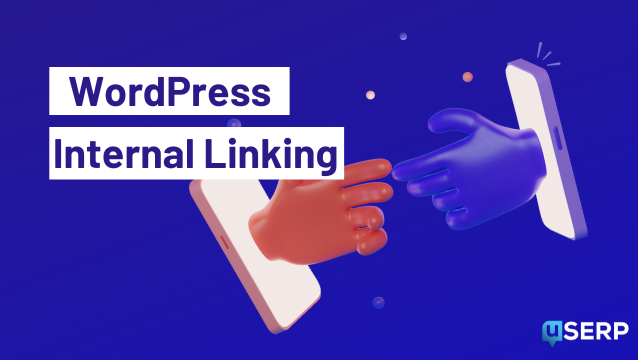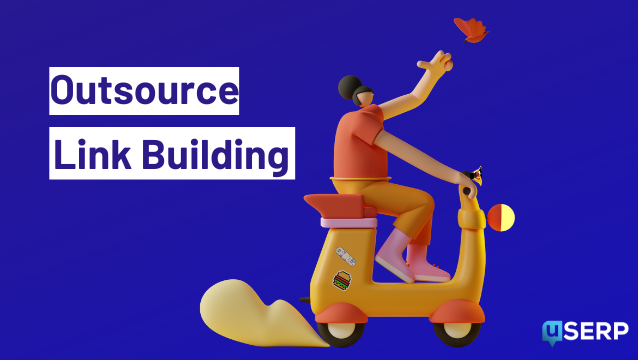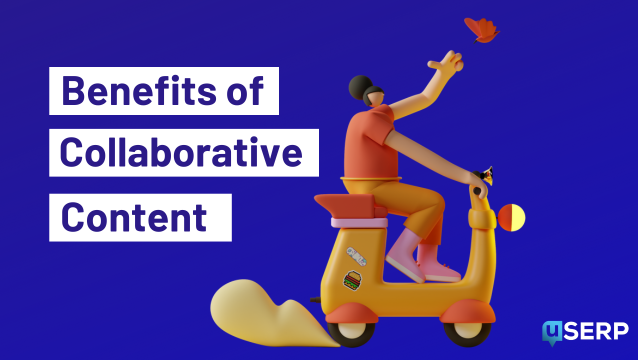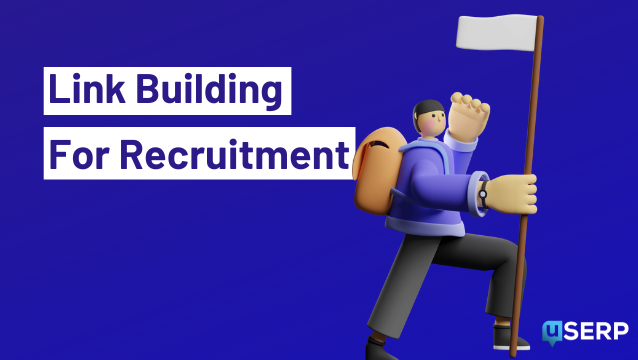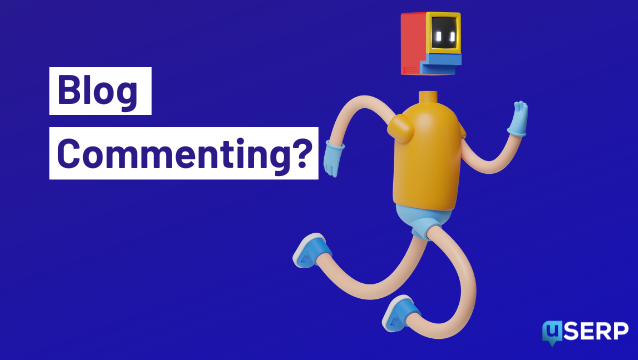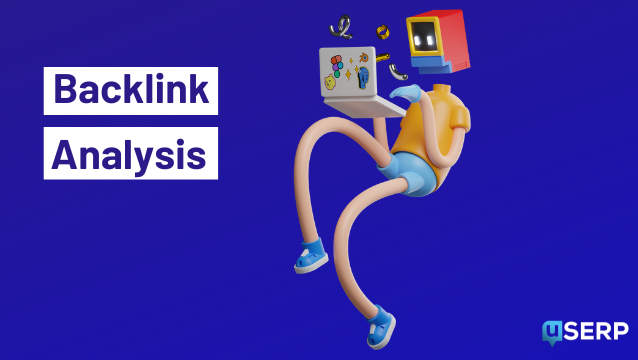As a brand, your own social media marketing and promotional efforts are no doubt important. Here is a less-known secret, though — 80% of brands still believe that live events are the most crucial to their marketing success, even when done virtually.
And the best way to get the most out of live events is through sponsorship, where your brand piggybacks onto an existing platform and audience to reach more people than it could have on its own. Sponsorship can be an extremely rewarding marketing investment for your brand.
It is, however, quite expensive if not thought through properly. You see, adopting a sponsorship marketing strategy involves implementing a change in the existing process, i.e., how things are normally done in a business, and requires leadership buy-in.
That is why to help you navigate through this change conveniently and enjoy the benefits of sponsorship, we have created this handy digital guide. It comprises details on what the sponsorship model is all about and how it can elevate your marketing mix as a B2B brand. Let us get started.
What is the sponsorship model?
Essentially, sponsorship involves funding part or all of a certain event, with a view to reaching the audience and fan following that the event is attracting and the event management is top tier. It could be a one-off deal for a specific concert or an ongoing partnership for a series of events.
Done correctly, a sponsorship plan covers the entire event journey, from brand awareness in the days leading up to it to smart follow-ups afterward with interested customers. Using an events photography agency is a great way to ensure the entire journey is covered.
Adopting a sponsorship marketing strategy requires change management
Without complete leadership buy-in, the change needed to execute a new project successfully is met with a lot of resistance across the organization. So when it comes to implementing this strategy effectively for the first time, involving leadership is necessary.
The leadership can build a dedicated team that helps allocate budgets, align key stakeholders, minimize internal conflicts, and ensure smooth change management.
Put simply, every change initiative (in this case, the sponsorship) needs leadership buy-in. They bring forth visibility, information, and clarity to projects so that the stakeholders involved can work effectively and efficiently. Leaders make resources available and help clear out potential roadblocks. A good sponsorship can help a project be successful in the long run.
Benefits of sponsorship
It is often observed that even highly successful brands have trouble breaking into new audiences despite doing all the right things. This is because of a lack of audience familiarity — customers do not trust what they do not know.
Sponsorship provides a readymade platform of interested people for your brand to talk to and win over. And while sponsorship may not have been that popular in recent years, it is seeing a comeback as part of the B2B marketing mix. Let us take a closer look at the benefits it offers:
1. More effective touchpoints
Sponsorship provides a new range of touchpoints by which you can reach customers, outside of your regular marketing channels. With all of the marketing messages that people are constantly bombarded with, engaging with people where they like to be is crucial for that positive first impression. For instance, you can share your marketing messages on the portal where customers buy event tickets or offer deals on event-related merchandise.
2. Interactive audience experiences
With sponsorship, you can provide immersive custom experiences to your audience that would not be possible with any other kind of marketing. For instance, there are pop-up stalls with exciting games that you could set up or a pre-event giveaway that also serves as a countdown to the event in question. A great way to build excitement around your event is to give guests gifts like luggage tags, custom pins, Pop Sockets, etc. This not only excites their interest but also gives them a feeling of exclusivity, as they are enjoying attention from your brand that other customers are not getting.
3. Bountiful customer goodwill
There is the immense benefit of generating customer goodwill. Your activations at events are as good as the exit strategy that includes a lot of positive feedback you can later use as testimonials in your other campaigns. It is a well-known fact that people tend to look with favor upon those who like the same things they do. The customer already feels excited about the event in question, and a brand that allies itself with the event can enjoy some of that excitement too.
That initial spark of goodwill serves to create more receptivity in the audience, which means they will be likelier to pay attention to the brand’s marketing messages.
Echoing the benefits of sponsorship in today’s marketing environment, one remarkable example is the HelloFresh meal kits service. This company has mastered the art of creating interactive audience experiences through savvy event sponsorships. They offer deals like 16 free meals and a dessert for life to event attendees, showing how embedded offerings within events can significantly increase customer interest and goodwill.
4. Focused customer attention
In sponsorship, as a rule, customers are already receptive to hearing your message, as they are attending the event voluntarily and eager to enjoy whatever they get there. This is enhanced when your brand does strategic brand awareness activities in the lead-up to the event.
By contrast, certain elements of traditional digital marketing can feel interruptive in nature, like ads before a YouTube video, which means customers will be more interested in ‘looking away’ as soon as possible.
By attracting your customers’ attention when they are in the right frame of mind, you are already well on your way to winning them over.
What about the costs?
The reason most brands shy away from sponsorship is because of the costs involved. And this is only exacerbated by the sponsorship news that gets promoted about million-dollar figures. So as a brand with a limited budget, why bother? Here are two reasons for you:
- Most of the gigantic sponsorship deals that companies get into started much smaller and grew along the way as the brands grew. Most events would not expect you to shell out an entire fortune for them — contrary to what you read.
- The ROI you get from being involved as a sponsor exceeds the investment you make. Think of all the goodwill you can generate from being associated with an event. Now, think of the costs involved in trying to reach that same audience on your own. You will soon be convinced about the benefits.
Of course, you cannot expect immediate results, and you will need to experiment to see how you can create the most value. That is why we recommend you start small and evaluate constantly to see what works for you, just like with any monetary investment.
This lets you reallocate funds to things that actually work, and also enables you to continuously integrate the sponsorship efforts with the rest of your marketing strategy. With proper care and effort, the ROI will happen and it will stick for the long run.
The importance of alignment in sponsorship
In order to make the most of sponsorship, you need to align your B2B marketing campaigns and stories around the sponsorship deal. This by default means that the event you choose to sponsor needs to be in line with what your brand does in a clear-cut way.
Simply opting to sponsor a large but unrelated event to grab eyeballs would not work — your leadership will see the misalignment, and so will your prospective audience.
Misalignment of this nature, in fact, is why so many sponsorship deals fall through and why sponsorship gets a bad name. In this context, regularly assessing even your existing sponsorship deals is important to make sure they continue to be in line with your goals.
The smartest B2B brands are those that do not try to make quick bucks off ostentatious deals, but invest in building a sustainable partnership that keeps improving through learning.
In other words, treat your sponsorship deal as you would any other component of your marketing mix — as something that forwards your brand goals for you, and not as something ‘fancy.’
How to get started with sponsors — what to remember
If you’re inviting sponsors for your own event, here are a few things you need to keep in mind.
Develop a list of requirements, responsibilities, and qualifications that the sponsor should have to be able to add value to the event. Being clear about this from the very start will help you choose a sponsor that is worth your time and energy.
Your search will narrow down to leaders who have the necessary connections and have made considerable achievements to fit their initiative needs. Furthermore, they will be able to champion the project from the beginning.
Most brands who are asked to be sponsors don’t really know what they should do to be good sponsors. Once the event preparation team has secured sponsorship from the relevant organizations, both the team and sponsor must work together until project completion.
The sponsor must be up to date with the current industry news and information to make the event a success. If there is a need to tweak the context of the event, they should be among the first to know and inform the rest of the team.
It is the responsibility of both the sponsor and the project team to frequently remind each other of the value they bring to the table and their alignment in vision and efforts can make the event, as a whole, a massive success!
Ask the sponsor for assistance and offering them guidance, in turn, will help develop a strong relationship between the two parties.
Best practices when doing your first sponsored event
When you invest your resources into an event, you naturally want to benefit as much as possible from it yourself. Often, first-time sponsors do not think the nitty-gritty of their game plan through, leading to much less attention from customers than planned.
Adding to that thought, here is a quick checklist of things you should do to make your sponsored event a success:
1. Understand exactly what kind of audience is attending (i.e. the customer profile) and what kinds of experiences are likely to appeal to them. Try to get an attendee list, if you can. You can send out feelers in the market to understand what your intended audience wants to attend.
2. Do your own research on the customer base and what their interests and aspirations are, and craft an event game plan accordingly. Take help from your sponsor to understand how they have contributed to events in the past.
3. Find out where you can set up your booths and branding materials. Check if you can be as close to the main stage/arena as possible, and make sure you have permission to directly sell to attendees. Identify the location of the booth to increase sponsor visibility.
4. Have clear roles assigned to all your event team members and sponsors, including who will execute the social media posting, who will man the booths, who will engage customers with the product, and so on. You must also deploy an effective link building strategy for increasing your brand mentions a few months before the event starts.
5. Engage with any event hashtags or influencers online in advance of the event and afterward too — they are likely to ‘thank’ you by mentioning you back. If possible, negotiate with the event planners for a certain minimum number of social media posts that mention your brand.
6. Have a QR code to your website set up on the event’s marketing materials to boost your website traffic. By scanning the free QR code that takes users to a website or product page, QR codes on promotional materials for events generate leads and boost sales. Get creative as much as possible to spread awareness about your event. You can also create and distribute content in collaboration with your sponsor.
7. Do not forget your existing customers! Treat them to free event access or other perks so that they are engaged in your sponsorship too.
8. Have a follow-up strategy where you post about the event with the relevant hashtags. You can schedule TikToks of behind the scenes shots with attendees of your event. It is a great way to remind the attendees of your connection with the event and gives you a starting point to engage with them more closely. It is a great way to remind the attendees of your connection with the event and gives you a starting point to engage with them more closely.
9. Take notes from the event you attended, on what worked for you and what did not. A note-taking tool can be handy in this scenario. This will not only help you fine-tune your sponsorship strategy but also give you ideas for if you want to host an event of your own later.
Over to you
In short, sponsorship is a highly versatile form of marketing that can generate valuable goodwill for your brand and build strong relationships with new audiences.
The focus should be on choosing the right events to sponsor and creating memorable content that excites interest without detracting from the event itself.
Remember, customers are always ready to talk about anything that truly wowed them. The more care you put into crafting authentic experiences for the audience, the more impactful the results will be, and the sooner you will win your customers over.
Author Bio
Hazel Raoult is a freelance marketing writer and works with PRmention. She has 6+ years of experience in writing about business, entrepreneurship, marketing and all things SaaS. Hazel loves to split her time between writing, editing, and hanging out with her family.
- A Guide To Having A Sponsorship Marketing Strategy In Your Marketing Mix - January 24, 2022

